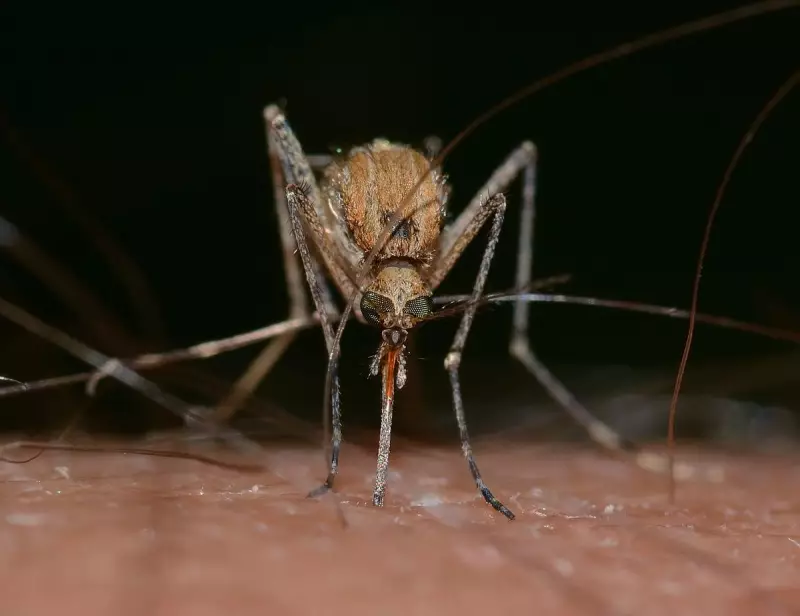
Residents across Western Australia's Peel region are facing a significant mosquito surge that has triggered a sharp increase in Ross River virus infections, according to newly released council documents.
The City of Mandurah's mosquito management annual report, scheduled for presentation at Tuesday night's council meeting, reveals what experts describe as an exceptionally demanding mosquito season driven by perfect environmental conditions.
Mosquito Population Explosion
At the close of 2024, health experts had already warned that the 2025 mosquito season would be particularly challenging, and the latest data confirms their predictions. Mosquito numbers reached their highest levels since 2021, with the situation described as exceptionally demanding due to intense tidal inundations throughout the region.
These tidal events represented the highest water levels experienced since 2022, creating ideal breeding conditions for mosquitoes. The program completed just one aerial larvicide treatment during August and September, which coincided with a significant surge in mosquito populations.
Virus Cases Spike Across Region
The mosquito boom has had direct health consequences, with Western Australia Health data showing 365 people contracted Ross River virus statewide up to November 18 this year. This represents a dramatic increase compared to 2024 (211 cases) and 2023 (256 cases).
Within the Peel region specifically, 71 people were diagnosed with Ross River virus, up from 55 cases recorded during the previous season. However, health authorities note that statistically, cases remain below average, with the 2014-15 season still holding the highest rates on record.
The report also identified a surge in the Aedes vigilax mosquito population between January and March this year. This aggressive, all-day biting species has a higher nuisance impact than other mosquito varieties, and its population increase directly correlated with the rise in Ross River virus cases during the same period.
Management Efforts and Future Outlook
From July 2024 to June 2025, mosquito management teams conducted 22 aerial larvicide treatments across the region. The challenging conditions prompted all local governments to contribute an additional $100,000, matched by the Department of Health with another $100,000.
Despite these efforts, the program experienced a budget overspend of $14,871.13. Local governments committed a further $30,000 to cover the shortfall, though a request to the Department of Health to match this amount was declined.
The total expenditure reached $685,029, with contributions from multiple stakeholders: Department of Health ($281,854), City of Mandurah ($194,967), Shire of Murray ($121,115), City of Rockingham ($52,685), and Shire of Waroona ($909). The proposed budget for 2025-26 is set at $540,889.
Looking ahead, the report's author warns that 2026 will bring another demanding mosquito breeding season. The Bureau of Meteorology has predicted average rainfall and above-average maximum temperatures this summer, conditions likely to favour mosquito proliferation.
Following one of the wettest winters in recent years, the program has already taken advantage of favourable weather conditions in late June and early September to commence aerial larvicide treatments for the 2025-26 season. To date, six successful aerial larvicide treatments have been completed.
The Peel Mosquito Management group includes representatives from the WA Department of Health, City of Mandurah, Shire of Murray, City of Rockingham, and Shire of Waroona, working collectively to address the ongoing mosquito management challenges.





